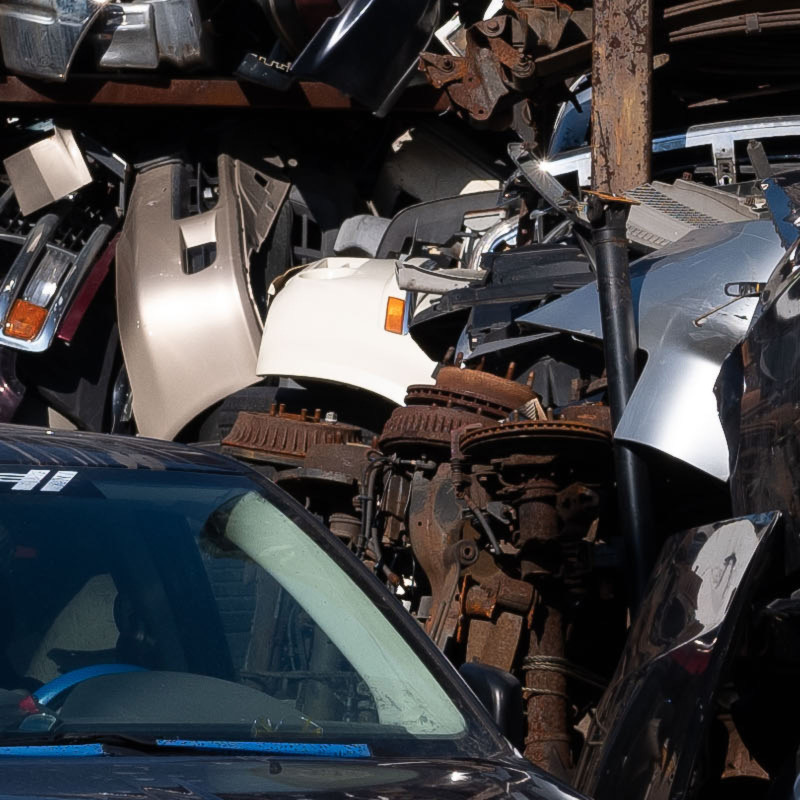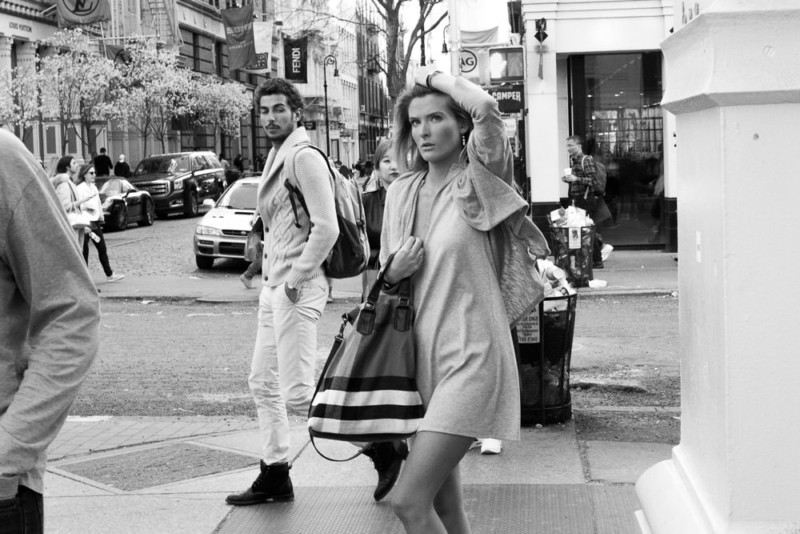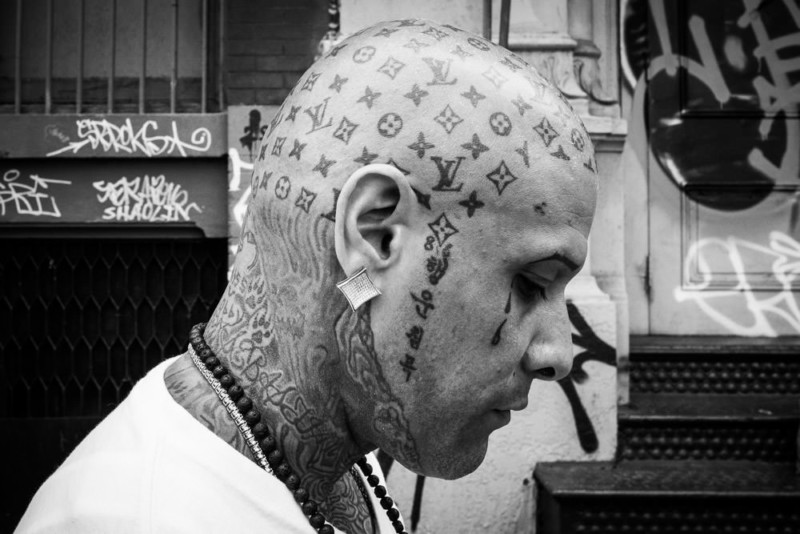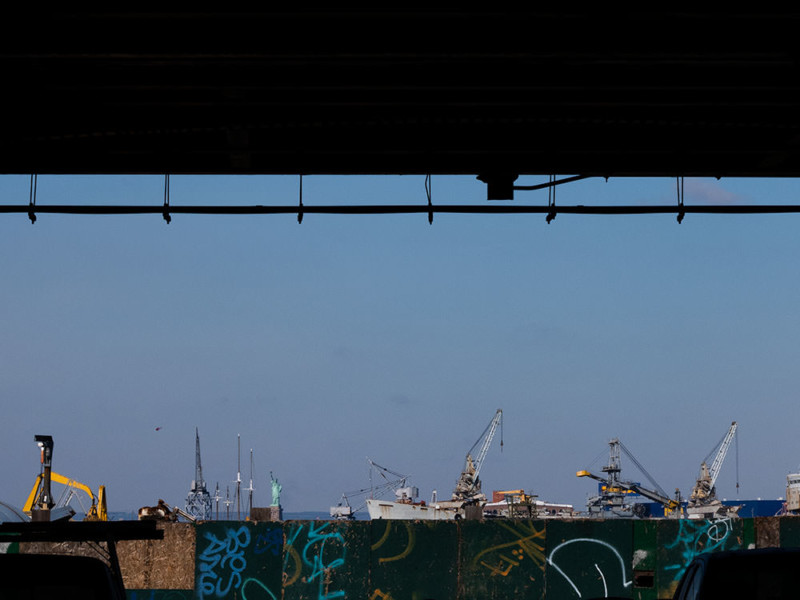Evaluating the Fuji GFX 50R for Street Photography
![]()
Like its predecessors, the Fuji X100 and Fuji XT, the Fuji GFX 50R is a marvel of engineering, ergonomics, size, image quality, and price.
I had seen wonderful, giant prints at the PhotoPlus event that were created with the Fuji GFX, and with some unbelievable Fuji deals out right now (as of right now you can get the GFX with the 63mm lens [50mm equivalent] or 45mm lens [36mm equivalent] for $1000 off), it piqued my interest regarding how it would do as a frequently used street camera. So I rented it from LensRentals, it showed up at my door a few days later, and it blew me away so much that I ended up purchasing it a week later.
![]()

Let me start by saying this is not going to be overly technical of a review. I’m just going to share my opinions and some images. And this camera is certainly not going to replace my X100.
The Fuji X100
![]()
I want to use the X100 camera as a basis of comparison for the GFX, and quickly explain why I love the Fuji X100 so much (I’m currently using the X100T) before I get into a longer review of the GFX. The X100 is my favorite camera.

The size is perfect for an everyday walk around camera – you barely feel it on your neck. The images are wonderful, sharp, the colors are gorgeous, the noise at high ISOs is not significant and has a great look to it. The autofocus is snappy for a mirrorless camera. You’ve probably heard all of this already about the X100.
There are certainly cameras out there that do better at each individual point that I just mentioned, but I don’t think there is a camera that does all of them together as well as the X100, and particularly for the price.
The APS-C sensor size is fantastic for street photography. You can still blow up these images to create large prints with a wonderful feel to them. When zone-focusing you can set the camera to F8 or F5.6 and get a large range of sharpness in the image to be able to shoot in a spontaneous manner yet still come back with well-focused images.
Here are a few X100 example images.

![]()
![]()
Fuji GFX 50R
So if I was so happy with the X100, why did I consider the Fuji GFX 50R?
Print Quality
![]()

First, I did want to shoot content that I could print larger with a different level of quality. I think the APS-C prints blown up are gorgeous. I am one of those people that say variations of the oft-used quote, ‘The only people who look at large prints from inches away are other photographers.’
But I am a photographer, and those large GFX prints from close up, and from far away, are special. There is an edge to edge crispness, a lack of fringing, and a subtle and fantastic look to the tones and colors that just aren’t quite there in the X100 (although the X100 tones and colors are still gorgeous).
![]()
Because of this look, while I found myself preferring to convert to black and white much more often with the X100, I’ve found myself sticking to color most of the time with the GFX. They’re that good.
Lenses
I tested out the 63mm f/2.8 and 45mm f/2.8 lenses (50mm and 36mm full frame equivalent) and ended up going with the 63mm, although I would love to have the 35mm as well at some point.
![]()
There are many other detailed reviews that will tell you the specifics, but these lenses are edge-to-edge sharp, which is incredible to see on a 40×60 inch print. They both go from f/2.8 to f/32, so you can create some incredibly sharp scenes from foreground to background at very small apertures, yet the bokeh at the larger apertures has a beautiful look to it.
![]()
And you can even use a variety of adaptors to add vintage lenses to the camera, including the Minolta Rokkor lenses. I haven’t tested this out, but it will be very exciting to try.
Size and Ergonomics
The GFX is not a small camera. It’s a tiny bit larger than the Canon 5D line. The lenses are fairly large too, and the size of the 32mm-64mm zoom lens is one of the reasons I didn’t even consider trying it. The 63mm and 45mm lenses are not small, but they are a great size for the camera and quality.
But this camera is light. At least for the size, it’s extremely light. It feels much lighter than the 5D, but it’s still a substantial camera. I feel comfortable shooting for three straight hours with it, although my neck is a bit sore the next morning, and whereas I can shoot with the X100 all day long.
![]()
This isn’t an everyday camera like the X100, but it is a camera you can use a lot of the time and for specific purposes.
The ergonomics are one of the best features of it, and I’ll explain more in my next and final point. It’s a snappy camera, the dials are easy to move, and the autofocus is very accurate and fast enough (although there is a noticeable lag after each shot, which takes a couple of days getting used to). I’m more accurate with it than the X100, which, while the size makes it perfect for everyday street photography, can be tough to use sometimes because it is so small, particularly in the winter with gloves or frozen hands.
But it’s a big, slower camera. This will turn off many of you, but for me, it was something that I wanted. I wanted to change how I shot.
The Main Reason: The Feel and Changing How I Shoot
![]()
The final, and main reason that I think this camera is perfect is that it’s not a spontaneous street photography camera. You can still get very good at it for spontaneous shots, and I did after a few days even though that can sometimes feel like shooting while riding a large mechanical bull, but that’s not the purpose of this camera.
When I go into Manhattan on the busy streets, with chaos all around, the X100 is my camera. I zone focus and shoot so quickly and spontaneously that people barely notice. It’s so easy to be nearly invisible, to steal your shots and then maneuver away.
But I wanted to slow down. I wanted to create a new body of work that felt different. I wanted to shoot in quieter areas and I wanted to be more obvious and methodical.
![]()
The GFX is perfect for this. When I walk down a quiet street with the X100 I’m just a creepy guy slinking around with a camera trying to steal shots. In certain areas, it feels weird capturing people in these quiet moments. With the GFX, I look like a photographer, inviting myself into people’s worlds and smiling, nodding, or interacting after I take the shot.
The moments feel slower, the shooting is slower, but I feel more present and involved in what I’m shooting. The experience doesn’t feel more intimate than shooting with the X100, but it’s a different kind of intimacy.
![]()
![]()
![]()
About the author: James Maher is a street, fine art, and studio photographer based in New York City. The opinions expressed in this article are solely those of the author. You can find more of Maher’s work on his website, Facebook, Twitter, and Instagram. This article was also published here.